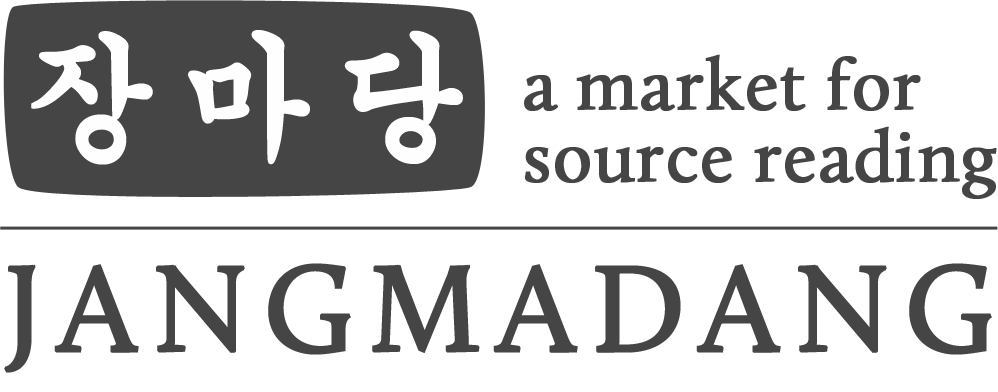Hunger, Ethnic Affinity, and Exodus: Jaeeun Kim on Chinese Koreans during the Great Leap Forward
Countryside near Yanji, Jilin Province, in March 2012 via Adam Cathcart.
Jaeeun Kim is a Korea Foundation-endowed associate professor of sociology at the University of Michigan. She is currently at work on a second book project, which among other things looks at Chinese Korean migration on persecuted Christian grounds, immigration, commercial brokers, immigration officials, “to make or unmake refugees”. The exciting book which forms the basis of this post was podcasted about in 2017, but last year the text was reissued in paperback — and SinoNK is back to remind readers why this book is so worthwhile. – Steven Denney, senior editor
English-speaking undergraduate students of East Asian Cold War history tend to be surprised when they learn that South Korea’s engagement with, and interest in, Chinese Koreans (Chosunjok/Chaoxianzu) was almost entirely a post-1992 phenomenon. This absence runs counter to assumptions of a continuous struggle between the two Koreas for legitimacy and the loyalty of the diaspora and particularly Chosunjok.
Absent meaningful intercourse with Seoul and the regions under its control, Koreans in China indicated an orientation toward North rather than South Korea during the Cold War. Jaeeun Kim’s reissued Contested Embrace provides fine illustrations of this trend in her analysis and narrative of the 1950s and 1960s, probing at questions of migration, exit, and loyalty.
At the height of Sino-North Korean alliance in the late 1950s and early 1960s, Yanbian Koreans, like Han Chinese in major cities, were brought into rallies to channel PRC support for North Korea. Such demonstrations are relatively easy to document — after all, they were front page news in Beijing.
Jaeeun Kim gives more nuance beyond this surface-level relationship with North Korea through interviews.
The North Korean state in the late 1950s was of course quite hungry not just for prestige, but was in desperate need of labourers in the aftermath of the shattering Korean War. As was the case in welcoming more than 90,000 counterparts from Japan in the late 1950s, the DPRK put forward an impressive battery of efforts to handle returnees or ethnic Korean migrants from Yanbian.
 ‘Electricity is the driving force of industrial development’, DPRK poster circa 1955. (Photo: Wilem van der Bijl/University of Leiden/The Guardian)
‘Electricity is the driving force of industrial development’, DPRK poster circa 1955. (Photo: Wilem van der Bijl/University of Leiden/The Guardian)
Jaeeun Kim describes how new arrivals from over the PRC border were impressed with the pollack and rice meals meticulously prepared in North Korean welcome centers, and shows how the North Korean public health system assimilated arrivals from across the Chinese border. (The North Koreans vaccinated new arrivals, and required proof from migrants of a recent bath, for anti-epidemic purposes.)
But was every migration of a Chinese-naturalised Korean over the Yalu or Tumen Rivers during the Great Leap Forward (1958-1961) a refugee from hunger? Kim’s book provides some context on the famine from Frank Dikotter’s 2010 book Mao’s Great Famine, placing outmigration into the PRC perspective. She writes:
[…] unauthorized exodus [from the PRC] increased exponentially at the turn of the 1960s as a result of famine, especially during a lull in policy enforcement in 1962: tens of thousands of people crossed the border, from Xinjiang to Kazakhstan, from Inner Mongolia to the Mongolian People’s Republic, and from southern China to Hong Kong.
But North Korea was different in one critical respect from other destinations to which starving Chinese peasants were heading. Inside China, municipal governments were ready to expel peasants without urban hukou; outside China, adjacent counties ruthlessly deported unauthorized border crossers, or only reluctantly, temporarily, and conditionally admitted them as refugees. North Korea, on the other hand, welcomed these coethnics indiscriminately as repatriates — that is, those entitled to membership and access to its territory and the accompanying benefits of food rations, housing and jobs. (pp.150-151)
The juxtaposition of Chinese Koreans along their border with those of other PRC frontiers is suggestive of a related question: To what extent can we document the existence of famine in Yanbian? Unfortunately, delving into Dikotter’s supposedly comprehensive work on the famine provides no data at all about Jilin province’s border regions. Marginally more information is available in Yang Jisheng’s Tombstone, a book that at least spends a page on the Public Security Bureau situation in Jilin province (of which Yanbian is a part) and the problem of excess movement of effectively undocumented migrants from other parts of China.
Fittingly, Kim calls upon future scholars to produce “a through historical ethnography” which would “provide a more comprehensive understanding of how the deliberate policy decisions of the central government and the improvised reactions of local governments together shaped the Chinese authorities’ varying responses to the massive unauthorized exit of the Korean Chinese” (p. 155.) It seems that particular study remains for future scholars to carry out. However, Kim’s impressive book has set a new standard for transnational, border-oriented histories of the Korean Chinese and the complex histories that they themselves have both lived and authored.
Citation: Jaeeun Kim, Contested Embrace: Transborder Membership Politics in Twentieth-Century Korea Studies of the Walter H. Shorenstein Research Center (Stanford University Press, 2016/2021), 340 pp.
Front page slider image: Maurice Weiss, via Wissenschaftskollegs zu Berlin.






